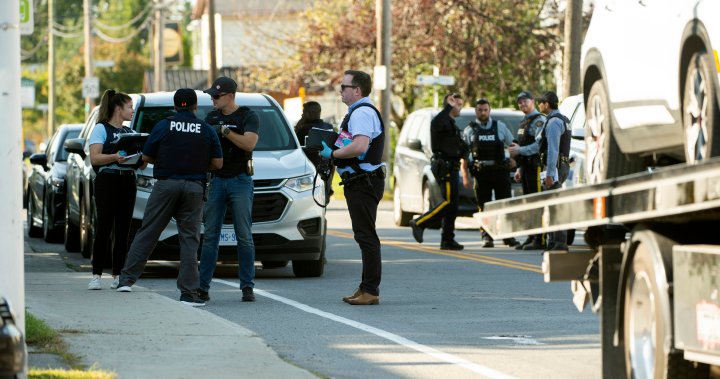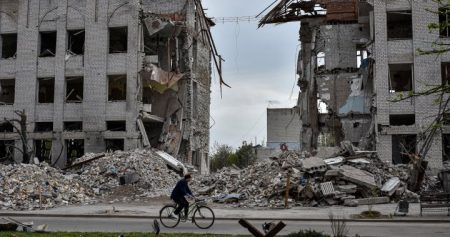Canada’s intelligence agency, CSIS, maintains that the national terrorism threat level remains at “medium” despite a noticeable increase in extremist activities and several thwarted and successful attacks in recent years. This assessment, endorsed by CSIS Director Daniel Rogers, indicates that while the threat landscape has intensified, the likelihood of a successful attack has not significantly changed. CSIS attributes this stability to successful disruption of attack plots, enhanced counter-terrorism measures, and improved utilization of legal tools such as terrorism charges and peace bonds. The agency’s stance aligns with the threat levels of its Five Eyes partners, reinforcing the perception of a shared and manageable threat environment.
This assessment contrasts with recent observations and concerns raised by independent analysts and former CSIS officials. The past few years have witnessed a series of attacks, ranging from ISIS-inspired violence to ideologically motivated assaults, targeting various communities and institutions. These incidents, coupled with a surge in terrorism arrests, have prompted questions about the adequacy of the “medium” threat level. Experts like Jessica Davis of Insight Threat Intelligence argue that the threat has “rarely been higher,” citing the increased number of arrests and the evolving nature of extremist ideologies.
CSIS counters this perspective by asserting that the recent spike in terrorism charges doesn’t necessarily reflect a growing threat. They explain this apparent increase by highlighting changes in how far-right groups are classified, suggesting that previous data did not accurately capture the extent of their activities as these groups were not consistently treated as terrorist entities. This, according to CSIS, has led to a more comprehensive approach in applying terrorism charges, resulting in a perceived but not necessarily actual increase in threat levels.
However, the debate over the appropriate threat level underscores deeper questions about resource allocation and the government’s preparedness for multiple security challenges. With the added focus on foreign interference and upcoming elections, concerns arise about whether sufficient resources are being dedicated to counter-terrorism efforts given these competing priorities. Former CSIS officer Andrew Kirsch, while acknowledging the reasonableness of a “medium” threat level, raises the crucial question of whether adequate resources are available to effectively address all these high-priority threats simultaneously.
The discussion extends beyond resource allocation to the methodology for determining the threat level itself. Former CSIS analyst Phil Gurski emphasizes the importance of basing threat assessments on corroborated intelligence regarding the number of extremists and their capabilities. He raises concerns about potential political influences on CSIS’s assessment, suggesting that the agency might be downplaying the threat posed by groups like ISIS to avoid political repercussions. This concern is further amplified by comparing Canada’s “medium” level with other countries like France, which raised its threat posture to the highest level in response to evolving circumstances.
International comparisons further highlight the complexities of assessing and classifying terrorism threats. While the UK considers an attack likely with its “substantial” threat level, Australia deems it “probable.” New Zealand, on the other hand, maintains a “low” threat level. The US employs a different system altogether, issuing specific alerts for credible threats through its National Terrorism Advisory System. These varying approaches reflect the diverse threat landscapes and assessment methodologies adopted by different nations, highlighting the complex and evolving nature of counter-terrorism efforts globally. The absence of a recent public threat report from Canada, with the last one released in 2018, adds to the discussion about transparency and public awareness regarding the evolving threat landscape.










